The fourteen chapters of this book touch on the fundamental issues and principles of Teaching English as a Foreign Language (TEFL) in both a theoretical and a practical way. You will be able to gather insights into all competence areas important for modern foreign language teaching, its history, its framing by education policy, and most importantly, learn about the very focus point of each lesson, the students. At the same time, you will be able to reflect upon your professional development as a future teacher of English. To facilitate the acquisition of discipline-specific knowledge and professional development, each chapter contains definitions and illustrations for easy orientation, examples for practical applications and classroom use as well as occasions for the reflection of individual experiences.
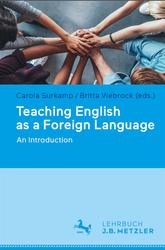

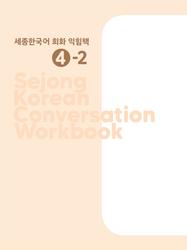
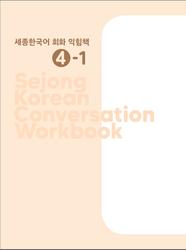
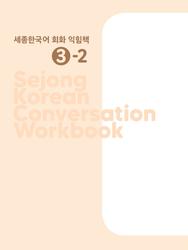
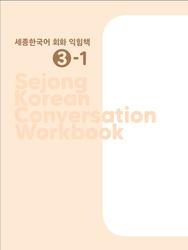
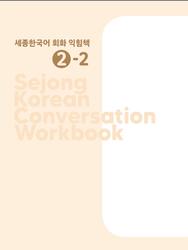
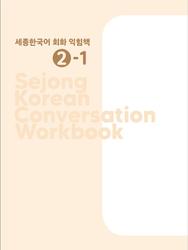
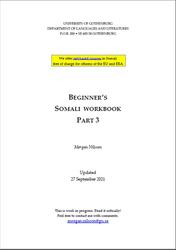
 Подписаться на RSS ленту ГДЗ, ЕГЭ, ГИА, подготовка к экзаменам, книги, готовые домашние задания, наука и обучение, анекдоты, презентации, словари, все для преподавателей, школьников для всех классов и студентов всех курсов. А ты Нашёл то, что тебе нужно?
Подписаться на RSS ленту ГДЗ, ЕГЭ, ГИА, подготовка к экзаменам, книги, готовые домашние задания, наука и обучение, анекдоты, презентации, словари, все для преподавателей, школьников для всех классов и студентов всех курсов. А ты Нашёл то, что тебе нужно?